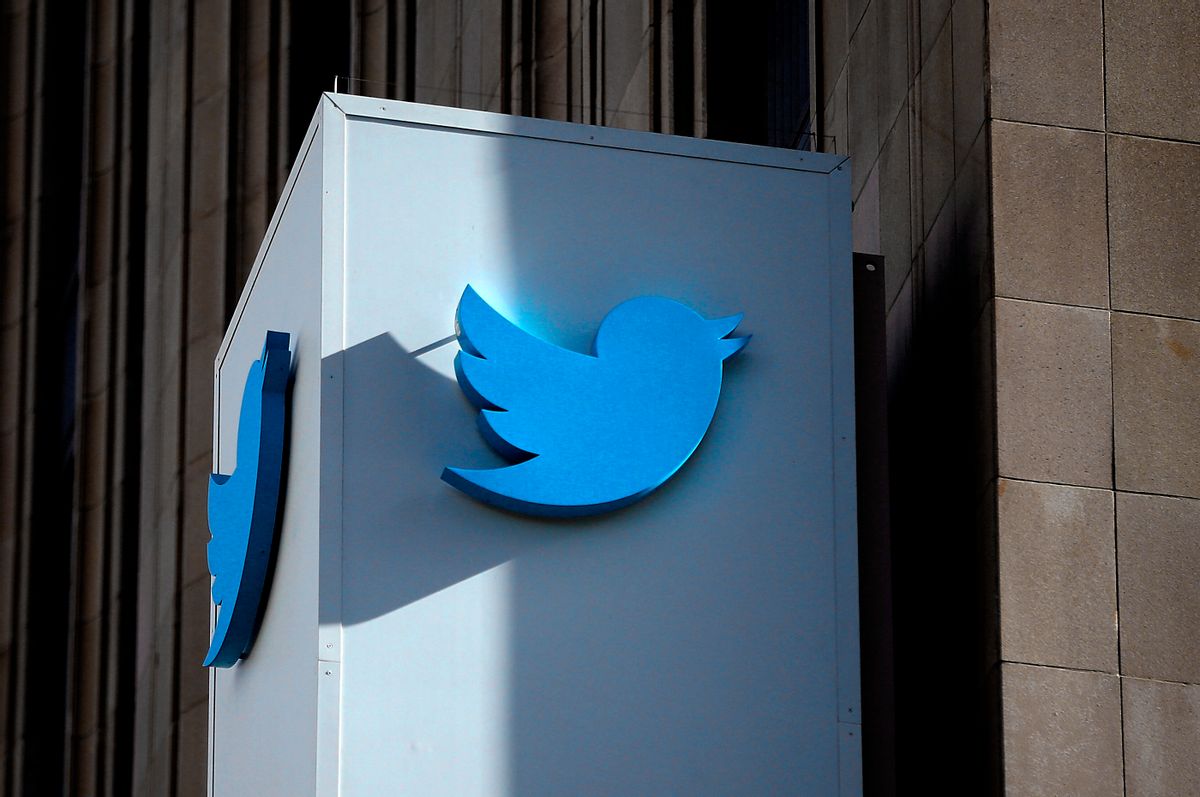Twitter has come under fire in recent months and years for its approach to censorship: who it censors, why and under what guise. Recently, actress Rose McGowan was suspended after she published a private phone number while tweeting publicly about the sexual harassment she claims to have faced and how others had known about it.
The tweet violated Twitter's terms of service, the tech giant said, as critics bashed the platform. But Twitter CEO Jack Dorsey eventually admitted last week that their approach to moderating the site was flawed and that the company needed to take a "more aggressive stance in our rules and how to enforce them."
"We see voices being silenced on Twitter every day. We’ve been working to counteract this for the past 2 years," Dorsey tweeted. "We prioritized this in 2016. We updated our policies and increased the size of our teams. It wasn’t enough."
1/ We see voices being silenced on Twitter every day. We’ve been working to counteract this for the past 2 years.
— jack (@jack) October 14, 2017
2/ We prioritized this in 2016. We updated our policies and increased the size of our teams. It wasn’t enough. — jack (@jack) October 14, 2017
3/ In 2017 we made it our top priority and made a lot of progress.
— jack (@jack) October 14, 2017
He added, "In 2017 we made it our top priority and made a lot of progress."
He continued in numerous tweets and pledged the new rules would focus on "unwanted sexual advances, non-consensual nudity, hate symbols, violent groups, and tweets that glorifies violence."
But an email obtained by Wired shows the new Twitter strategy moving forward, which indicates some positive changes, but it ultimately still falls short.
Wired elaborated:
The new plans stop short of sweeping measures, such as banning pornography or specific groups like Nazis. Rather, they offer expanded features like allowing observers of unwanted sexual advances—as well as victims—to report them, and expanded definitions, such as including "creep shots" and hidden camera content under the definition of "nonconsensual nudity."
The company also plans to hide hate symbols behind a "sensitive image" warning, though it has not yet defined what qualifies as a hate symbol. Twitter also says it will take unspecified enforcement actions against "organizations that use/have historically used violence as a means to advance their cause."
It's not the first time Twitter has targeted violent groups; its rules already prohibit threatening or promoting terrorism. But the new rules show the company is open to expanding that to any group promoting violence. The company's new steps also show how Twitter, like Facebook and other digital-media platforms that host user-generated content, struggle with how much editorial oversight and human judgment to introduce.
In an emailed statement to Wired, Twitter wrote, "Although we planned on sharing these updates later this week, we hope our approach and upcoming changes, as well as our collaboration with the Trust and Safety Council, show how seriously we are rethinking our rules and how quickly we’re moving to update our policies and how we enforce them."
The debate continues as Twitter has suspended users like McGowan while neo-Nazis, hate groups and propaganda bots run freely on the site. Many have also called for Twitter to act on tweets published by President Donald Trump, who has issued numerous grave threats to North Korea in recent weeks.



Shares